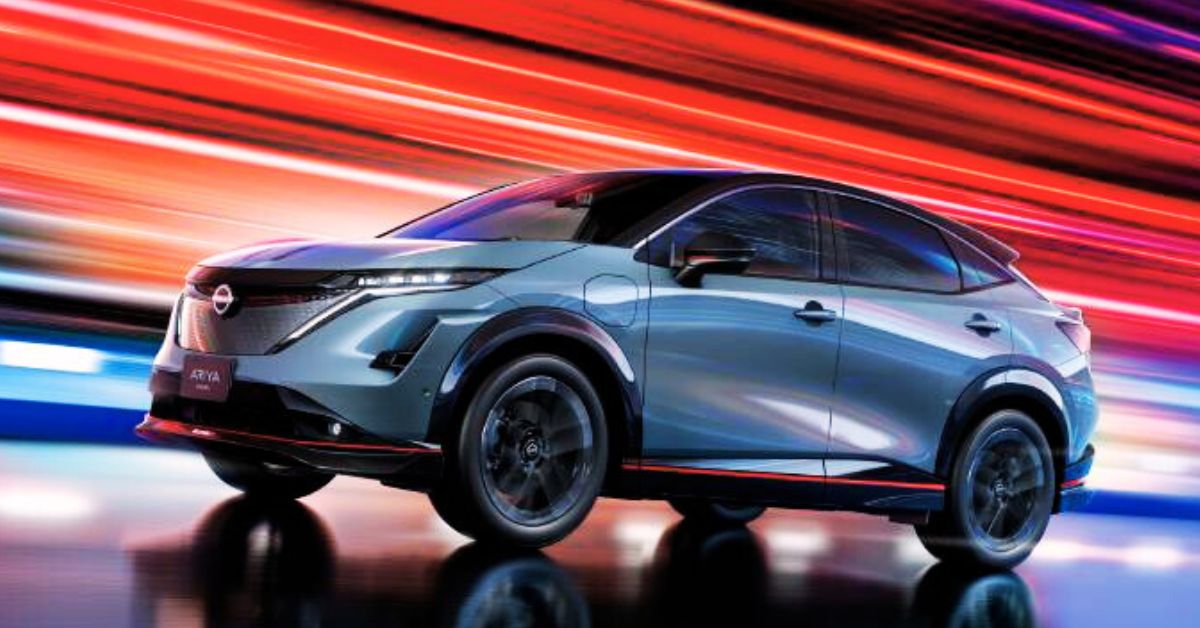
Volvo today announced a proposal to distribute 62.7 percent of its stake in Polestar to shareholders. If approved, the move will leave Volvo with an 18 percent stake in Polestar. It will also make Geely a sizable Polestar shareholder, and the Chinese company has already pledged to provide financial and operational support.
In a strategic shake-up, Volvo has made a noteworthy announcement, declaring the cessation of financial backing for Polestar. However, amidst this change, the collaboration between the two brands is poised to endure, specifically in the realms of manufacturing and research and development.
The transition of financial responsibility will see Geely, the Chinese parent company overseeing both automakers, assuming full control over the financial and operational support for Polestar. This move marks a pivotal moment for both Volvo and Polestar as they navigate the evolving landscape of the electric vehicle market.
The stock of Volvo had a noteworthy increase of more than thirty percent after the news, according to Reuters. This change in the financial landscape highlights Volvo’s strategic realignment and calls for a more effective and sustainable use of resources.
Polestar, while relinquishing Volvo’s financial aid, is not without its plans. Despite financial challenges, the brand is gearing up to unveil two new electric vehicles, a testament to its commitment to advancing in the competitive electric vehicle sector.
Volvo made this strategic decision to maximize its resources in light of the rapidly changing automotive industry, and its ongoing partnership with Polestar guarantees that the two brands’ synergy will endure. Even though the financial landscape is undergoing a substantial upheaval, the emphasis on manufacturing and research & development indicates a shared commitment to innovation and growth.
In a recent development, Volvo has decided to cut off direct financial support to Polestar, signaling a change in their partnership dynamics. However, the collaboration isn’t hitting the brakes just yet; the two brands are set to persist in joint ventures, particularly in the realms of manufacturing and research and development.
The decision seems to align with Volvo’s strategic vision as the automotive landscape shifts towards electrification. While the monetary lifeline from Volvo is severed, Polestar is not left stranded, with full operational and financial support now coming from their shared parent company, Geely.
Interestingly, Volvo’s diversified product portfolio provides a unique advantage. In addition to the buzz around their upcoming electric vehicles like the EX30 and EX90, Volvo retains a foothold in the market with cars and SUVs featuring internal combustion engines. This dual approach allows Volvo to navigate the evolving automotive landscape, catering to both traditional and electric vehicle markets.
Volvo’s commitment to the partnership, even without direct financial infusion, underscores the importance of collaborative efforts in an industry undergoing a seismic shift toward sustainable mobility. The ongoing collaboration on manufacturing and R&D implies a shared dedication to innovation and the future of automotive technology.
As Volvo steers towards its EV lineup, the collaboration with Polestar becomes a strategic bridge between the past and the future, ensuring a cohesive transition and leveraging the strengths of both brands. In this era of automotive evolution, it’s not just about financial transactions; it’s about forging resilient partnerships to navigate the electrifying road ahead.
While Volvo adjusts its financial strategy with Polestar, it’s worth noting that Polestar’s unique position as an exclusively electric vehicle (EV) brand comes with its own set of challenges. The global EV market is currently experiencing a dip in sales, and Polestar, with its focus solely on EVs, is navigating these turbulent waters.
Polestar’s product lineup, albeit impressive, is on the smaller side, with the Polestar 2 standing as the sole model available in the U.S. This limited selection, combined with a gradual introduction of new models, has contributed to the brand’s current struggles.
The EV landscape is evolving rapidly, and while Polestar has positioned itself at the forefront of electric innovation, the current market dynamics pose hurdles. The global decline in EV sales adds an extra layer of complexity, impacting an exclusive EV brand like Polestar.
However, challenges often breed innovation. Polestar’s commitment to an all-electric lineup signifies a forward-looking approach, aligning with the industry’s long-term trajectory. As they weather the storm, the slow rollout of new models could also be a strategic move to ensure each release is a well-crafted and impactful addition to their portfolio.
In the dynamic world of electric mobility, the journey for an exclusive EV brand like Polestar involves adapting to market fluctuations and staying resilient in the face of challenges. The spotlight remains on Polestar’s ability to navigate the current downturn and emerge stronger, leveraging its commitment to electric excellence in a market poised for transformative change.
Polestar’s Future
While the destiny of Polestar remains uncertain, the horizon of 2024 appears to hold significant importance for the company. The anticipation is building as the Polestar 4, featuring an intriguing design distinguished by the absence of a rear window, captures attention in Australia, China, and Europe.
As the release in the U.S. looms closer later this year, Polestar’s unique approach to design and innovation positions it at the forefront of the electric vehicle narrative. The unfolding chapters of 2024 hold the promise of new milestones and challenges for Polestar, contributing to the brand’s evolving story in the dynamic landscape of the automotive industry.
However, not without its challenges, the Polestar 3 SUV faces a delay until the first quarter of 2024. The setback is attributed to software challenges shared with the Volvo EX90, a reminder that the evolving landscape of electric vehicles is not without its technological hurdles.
As Polestar navigates these complexities, the unique design of the Polestar 4 and the forthcoming Polestar 3 underscore the brand’s commitment to innovation. The uncertainties may linger, but the anticipation for what Polestar has in store for 2024 adds an element of excitement to the electric vehicle landscape. The journey continues for Polestar, with each twist and turn in the road adding to the narrative of this dynamic chapter in automotive evolution.



